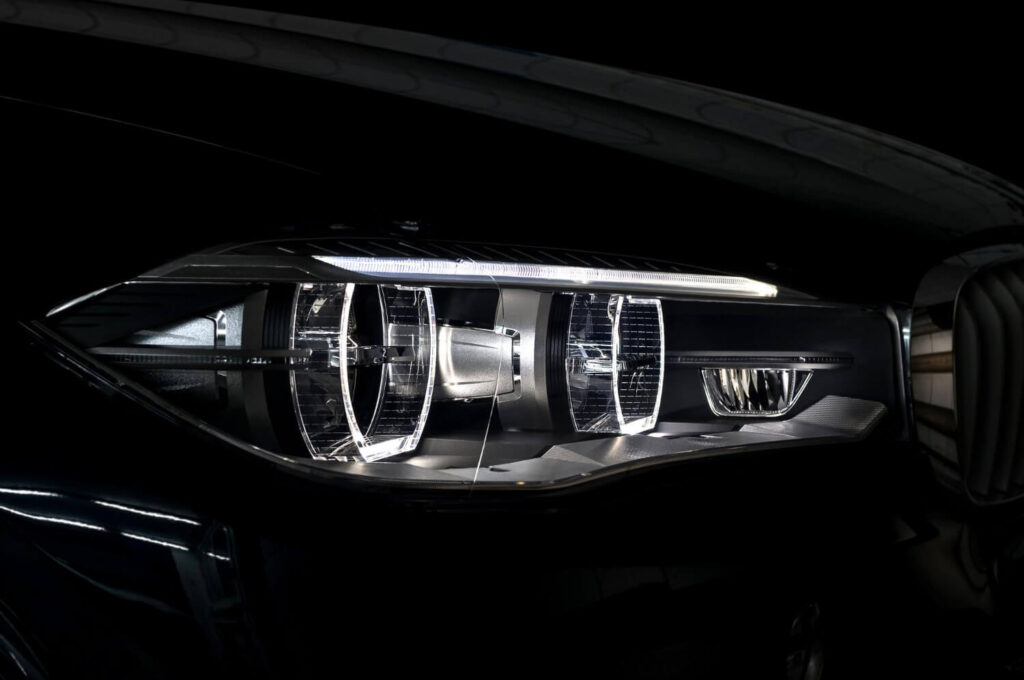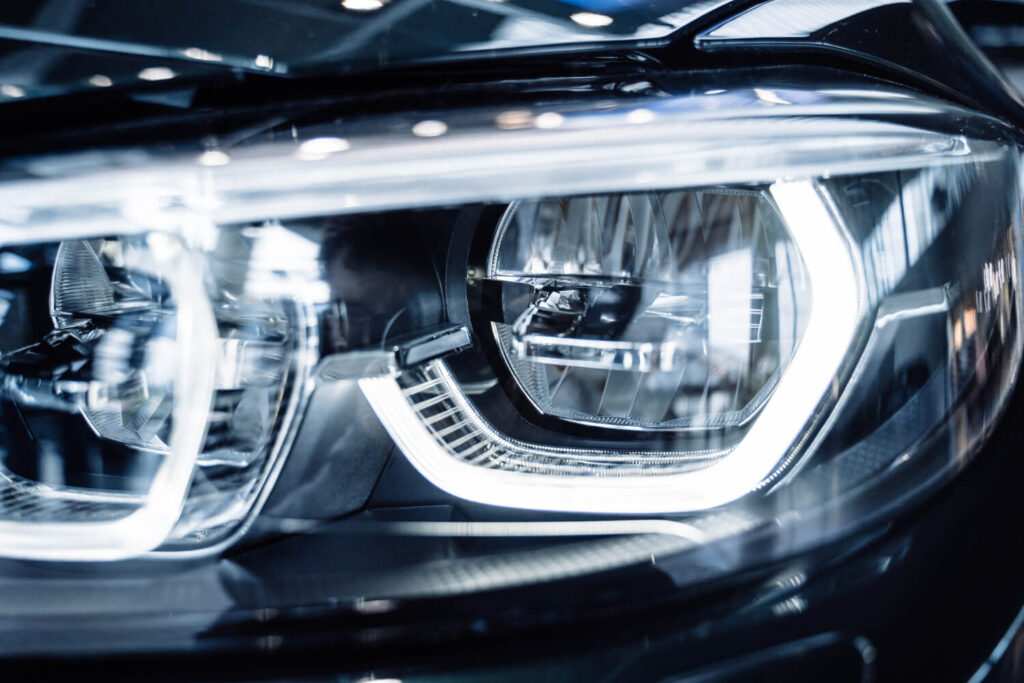Endego recently tackled a complex project involving software analysis and implementation for front car lights. This case study outlines how we supported the customer in achieving precise software and hardware integration for a new headlamp.
The customer needed assistance in implementing and verifying software on a new headlamp hardware (PCB board). The tasks included checking power and temperature conditions, implementing software protections, and ensuring communication between the light module and car ECU.

Endego provided a complete solution by designing, verifying, and configuring key hardware and software components. We implemented and tested the following:

Endego’s innovative solutions ensured a seamless hardware-software integration by addressing key aspects of the front car lighting system. Through the use of automotive protocols like CAN FD, SPI, and programmable current sources, we optimized both power management and communication between the light module and the car’s ECU. Dynamic testing allowed us to configure thermal protections, such as dynamic power derating, ensuring the system could handle temperature fluctuations. By designing and validating each component, including LED matrix drivers and external cooling controls, we provided robust protection and maintained optimal performance, even under demanding conditions.
For more insights, stay tuned to our blog or contact us for more information.
If you think about car… is it complicated? Chassy, wheels, engine, gearbox, stereo, air condition and you’re good to go. Well, cars are not so simple anymore. Automotive business evolved, and cars are no longer only about driving, it’s about how you spend you’re time during driving and of course – safety.
Read moreThe future of rail transport is inextricably linked to environmentally friendly technologies. According to many experts, hydrogen trains are to become one of the cornerstones of modern railways. How do Polish companies fare in terms of the advancement of work on the application of hydrogen in the railways? Can hydrogen trains revolutionise rail transport in our country and around the world?
Read moreThe idea of sustainability and a focus on ecology determine the direction in which modern public transport is heading. The hydrogen bus is an innovative means of transport that fits perfectly into the standards that modern public transport should meet. On the streets of Polish and foreign cities, it is increasingly common to see these low-emission vehicles, which not only quickly become a functional element of public transport, but also provide a range of benefits in other areas, including contributing to improved air quality in the locality. Along with their electric counterparts, hydrogen buses are expected to become an integral part of the urban landscape within the next few years. What makes such high hopes for them?
Read more